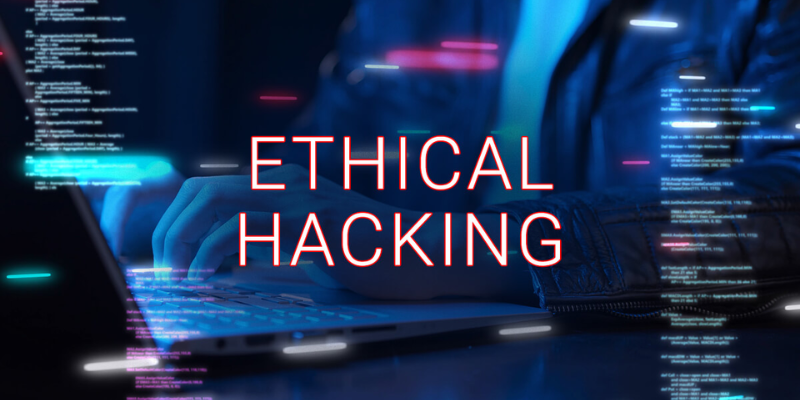
In the realm of ethical hacking techniques, the term “footprint” holds significant importance, referring to the digital traces left behind during various activities. These footprints serve as invaluable clues for ethical hackers, aiding them in understanding systems, identifying vulnerabilities, and fortifying defences. This blog endeavours to dissect the different types of footprints encountered in ethical hacking, elucidating their roles and implications in the realm of Cybersecurity. To expand your knowledge further, consider enrolling in the Ethical Hacking Course in Coimbatore at FITA Academy, which provides extensive training at affordable fees.
1. Active Footprints: Direct Interactions Leave Indelible Marks
Active footprints emerge from direct interactions with systems or networks. They encompass actions such as login attempts, command executions, and file accesses. Ethical hackers meticulously scrutinize active footprints using footprinting tools to discern potential weaknesses and entry points within a system. By comprehensively analyzing these footprints, cybersecurity professionals can preemptively shore up defenses, thwarting potential cyber threats before they materialize.
2. Passive Footprints: Subtle Clues in the Digital Landscape
Passive footprints, in contrast, are inadvertently left behind without explicit user engagement. These footprints include metadata embedded within files, IP addresses, and browser cookies. Despite their seemingly inconspicuous nature, passive footprints can yield valuable insights into system architecture and user behaviors. Ethical hackers leverage passive footprinting during reconnaissance, piecing together information to construct a comprehensive understanding of target systems. Enhance your proficiency in Passive Footprint analysis by enrolling in the Ethical Hacking Course in Madurai. This program provides advanced training tailored to elevate your skills in identifying and analyzing passive footprints.
3. Digital Footprints: Traces of Online Identity
Digital footprints encompass the collective trail of an individual’s online activities across various platforms and devices. From social media interactions to online purchases, every digital engagement leaves behind a trace. Ethical hackers utilize digital footprints to profile individuals, identifying potential targets and crafting tailored attack strategies. As individuals navigate the digital realm, managing and minimizing digital footprints becomes imperative for preserving privacy and safeguarding against malicious exploitation.
4. Network Footprints: Mapping the Infrastructure Terrain
Network footprints relate to the unique identifiers associated with devices connected to a network, such as MAC addresses and device fingerprints. Ethical hackers leverage network footprints to map out network topology, identifying potential vulnerabilities and entry points. By meticulously analyzing network footprints, organizations can bolster network defenses, fortifying against unauthorized access and data breaches. To gain hands-on experience, join the Ethical Hacking Course in Pondicherry offers the invaluable opportunity to work on live projects.
In the intricate landscape of ethical hacking, understanding the diverse array of footprints is paramount for ensuring robust cybersecurity practices. Active footprints, passive footprints, digital footprints, and network footprints collectively contribute to the multifaceted nature of cybersecurity. By adeptly deciphering and analyzing these footprints, ethical hackers can proactively identify vulnerabilities, mitigate risks, and safeguard digital assets. As technology continues to evolve, staying abreast of emerging footprints and adopting proactive security measures will remain imperative in safeguarding against cyber threats. By embracing a comprehensive approach to footprint analysis, individuals and organizations can navigate the ethical hacking landscape with confidence and resilience, ensuring the protection of ethical hacking information. The Ethical Hacking Course in Cochin provides advanced learning opportunities in ethical hacking.
Also Read: Ethical Hacking Interview Questions
